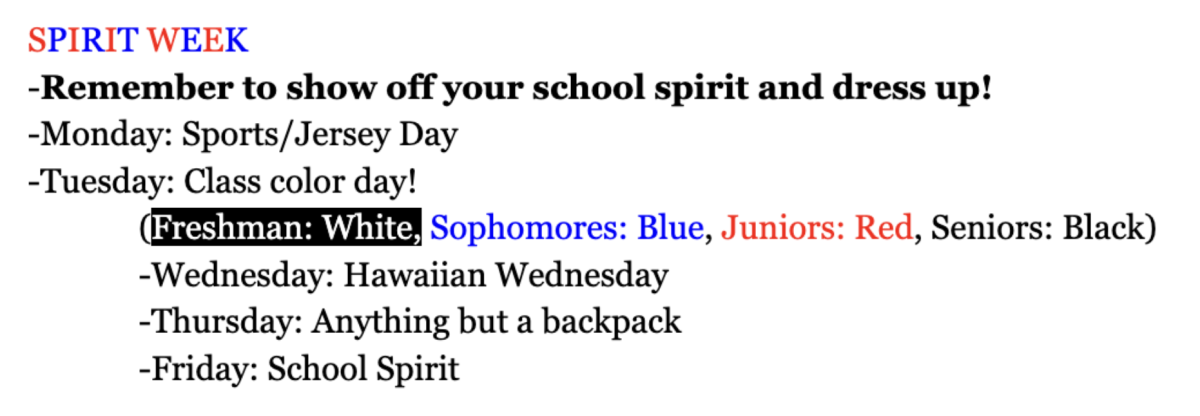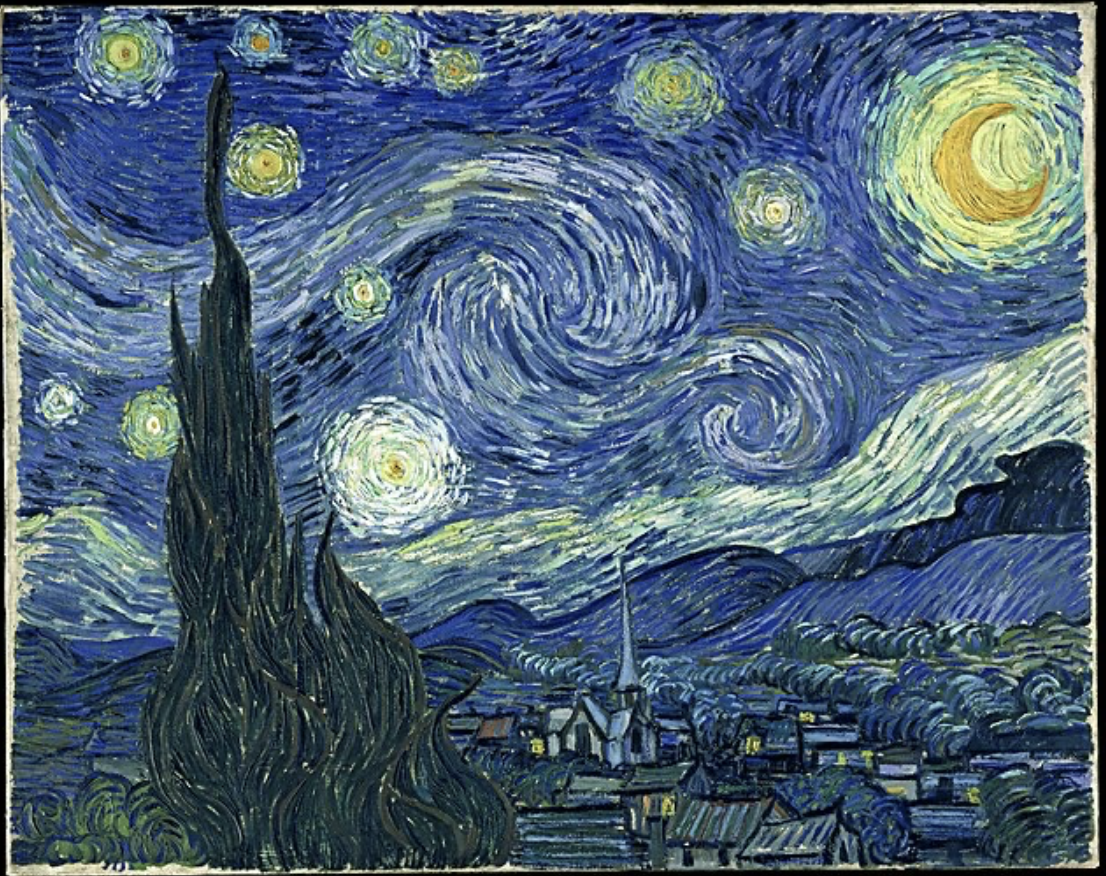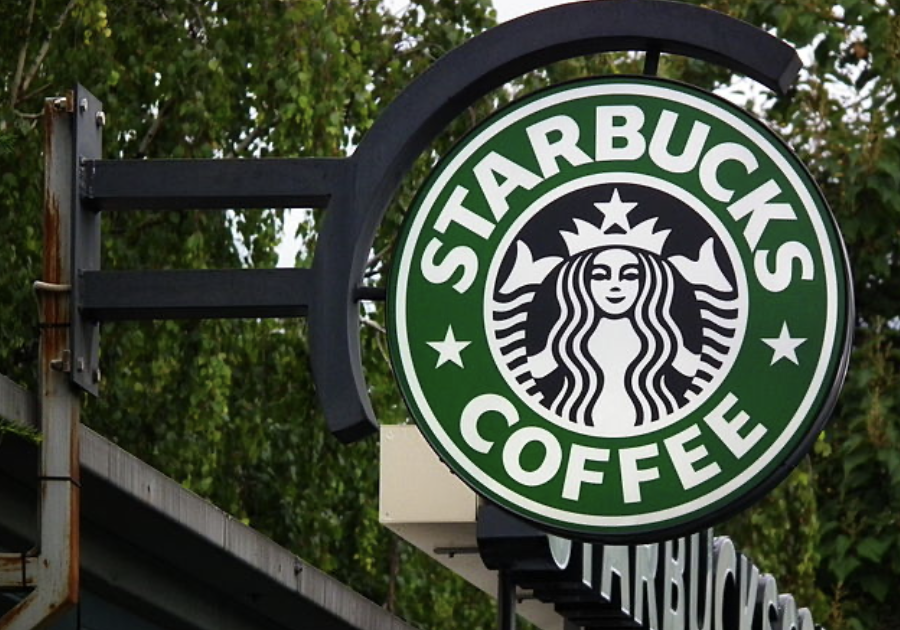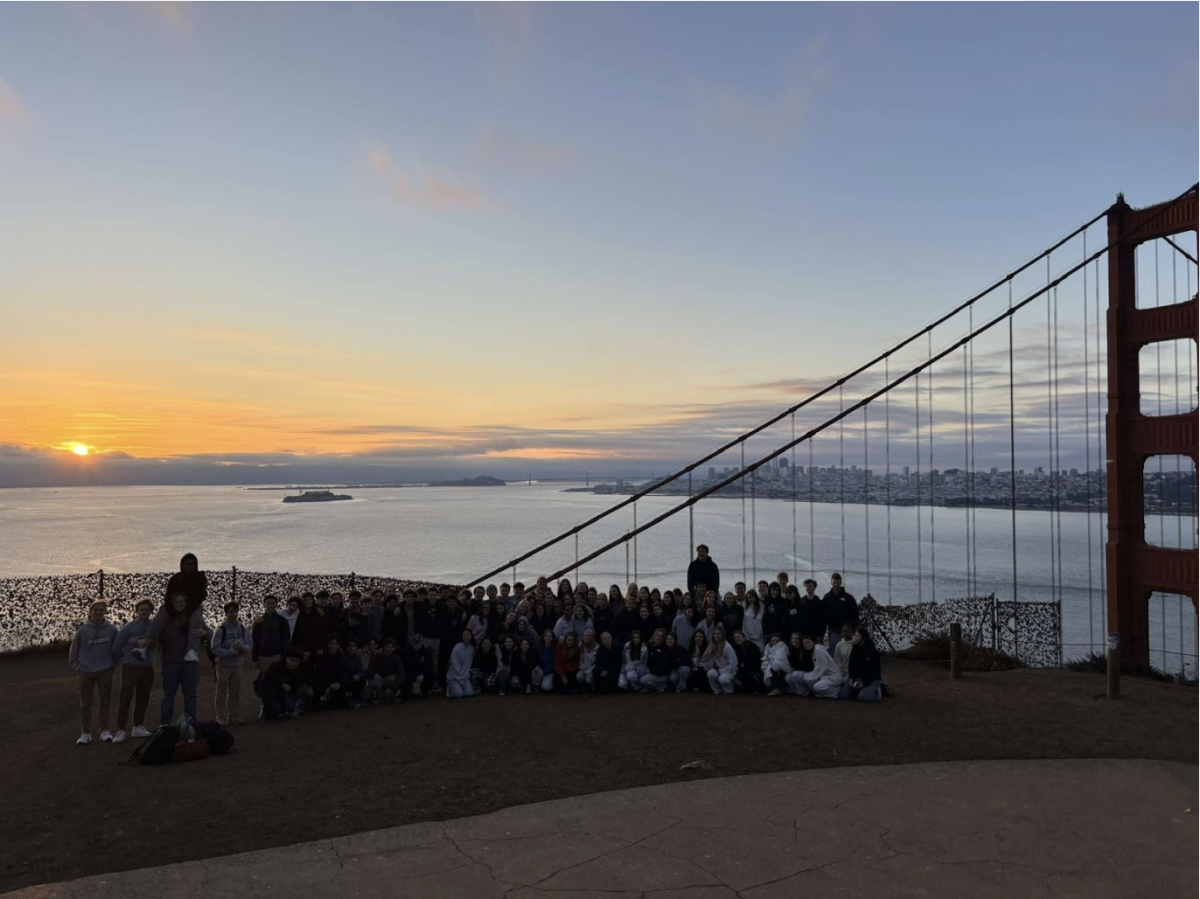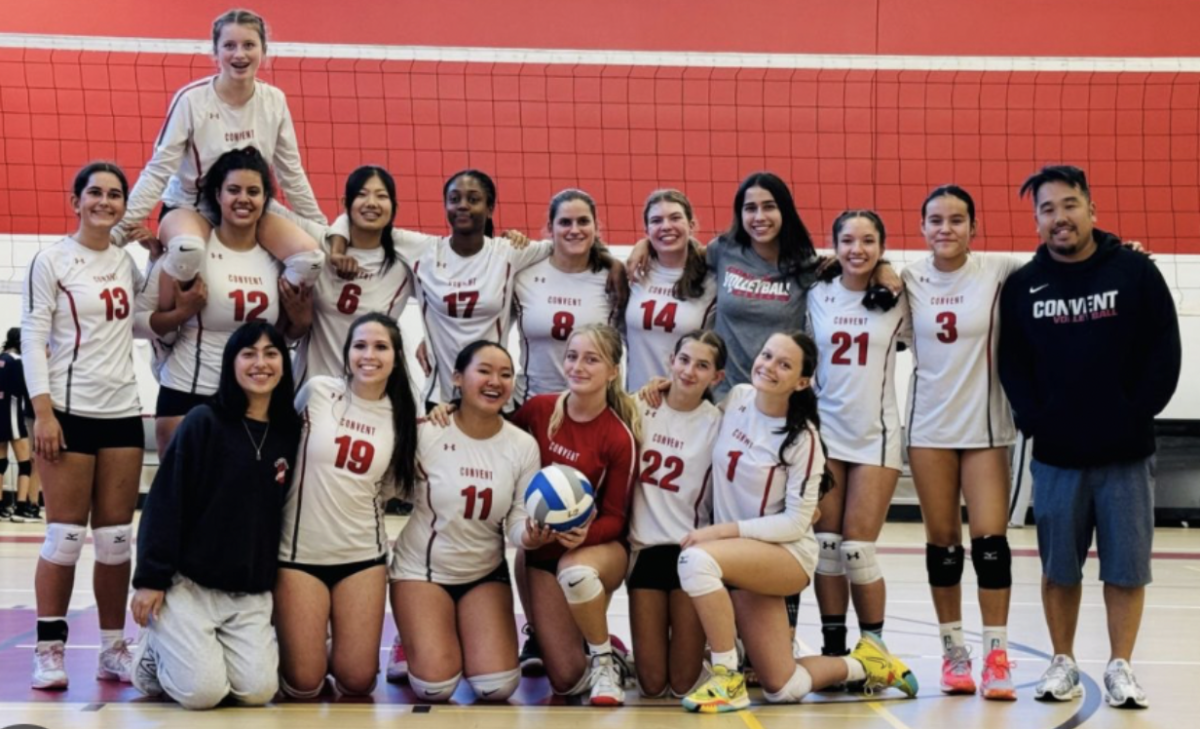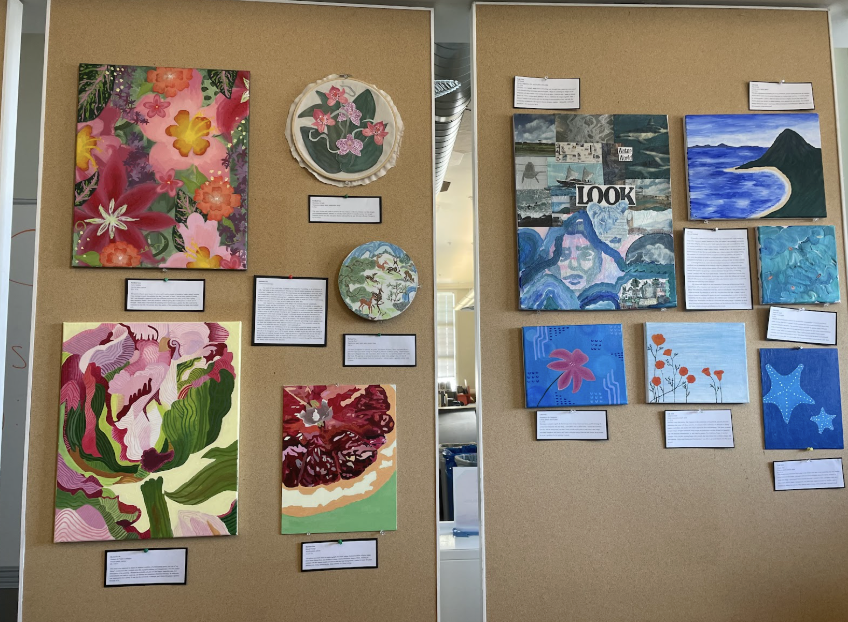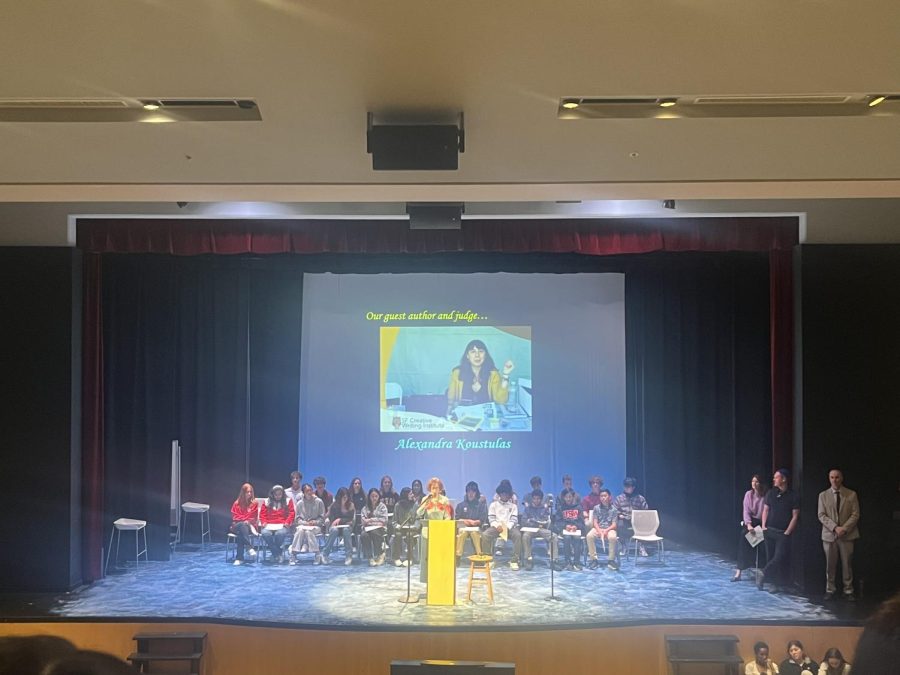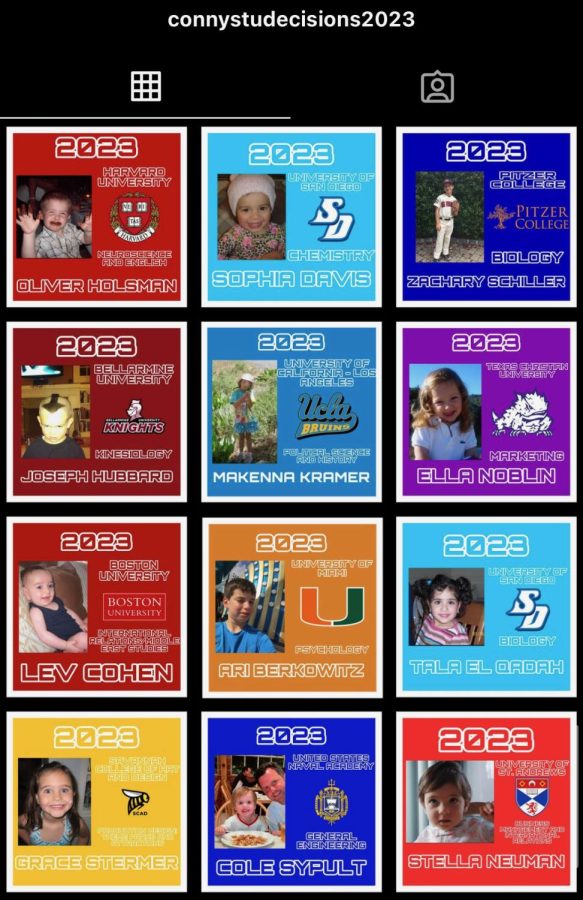Tati Gutierrez
Editor-in-chief
Articles ranging from “22 puppies who are annoyed with their owners” to “U.S. cluster bombs keep killing civilians in Yemen” makeup sites such as BuzzFeed, VICE and Mashable, all of whom focus on sharing news mainly through social media.
Facebook, which has traditionally been a site for friends sharing their lives with one another, is pushing likewise into the news business.

“I work with publishers to find ways that Facebook can help enhance their reporting,” Libby Brittain (’07) who works on Facebook’s News Partnership Team said. “That includes using the Facebook platform to connect journalists with their readers or viewers, and integrating Facebook into their products to make the content they produce more social and shareable.”
Thirty percent of American adults get their news from Facebook, according to “The State of the News Media 2014” study published by the Pew Research.
“Most of the time I don’t actually have to visit any site to keep informed on the news because chances are its already been shared by my Facebook friends,” sophomore Abby Dolan said. “Usually people post the relatable or funny articles — that include a lot of pictures and GIFs — and quizzes onto their friends walls, but it balances out with the serious articles shared multiple times by different people.”
The sites cover the traditional news stories, but incorporate related videos, GIFs, photos and social media posts into their online articles.
“It makes legitimate news more interesting,” junior Sabine Dahi said. “The articles are more exciting to read with the pictures and commentary provided by Buzzfeed. I feel like I’m not just reading the newspaper.”
BuzzFeed provides a mix of breaking news, entertainment and shareable content and strives to intertwine advertising through storytelling rather than traditional banners.
“I found it really relevant and relatable,” Dahi said. “They have recipes for clean eating, quizzes, random facts or commentary on funny, frustrating or mundane everyday situations.”
These news organizations track the articles favored by their readers depending on how many times a story is shared on different social media platforms, according to Brittain.
“I also help publishers understand the types of content that gets shared by their audiences on Facebook, which helps them decide what type of content is resonating with their audience,” Brittain said.
Mashable categorizes stories its homepage based on “The New Stuff,” “The Next Big Thing” and “What’s Hot” and includes the number of times an article is shared, as well as a velocity graph charting how quickly people share the article on Facebook, Twitter, Google Plus, LinkedIn, StumbleUpon and Pinterest.
“Many newsrooms are seeing a bigger and bigger slice of their traffic coming from people using mobile phones,” Brittain said. “This has a big impact on which formats they choose. Longform articles make a lot more sense on a big browser window than they do on a tiny iPhone screen.”
Fifty-four percent of Americans in 2013 reported they read the news on a mobile device, according to the Pew Research.
“When I’m on the BuzzFeed and Mashable apps — as compared to scrolling through my Instagram or Facebook newsfeed — I definitely feel a lot more productive,” Dolan said. “I usually find myself on these apps when I’m waiting in line or for the bus because the articles are generally pretty short and don’t require a ton of reading.”
Photos, videos and social media posts breaking up the text are meant to give readers a fuller understanding on the article while creating a more interactive experience, according to Parker Ehret, a former Yahoo Senior User Experience Designer.
“In today’s world people don’t have the attention span to read an entire article,” Ehret said.
Yahoo’s News Digest app has a similar format to BuzzFeed, VICE and Mashable, but veers from the more relatable and “fluff” articles. Yahoo utilizes the Summly platform which condenses articles into three paragraphs or fewer while incorporating any relative information.
“Yahoo took the day’s top stories and had them all condensed using Summly,” Ehret said. “They also wanted to give you all the contextually relative information to help you understand more about the subject. That’s why you see additional photos, videos, relevant tweets and even Wikipedia articles, below to understand the subject you just read about.”
Yahoo News Digest is similar to traditional news articles by taking an unbiased standpoint, whereas VICE incorporates more editorial commentary, according to junior Zoe Baker.
“VICE uniquely captures the news,” Baker said. “They clearly take a stance on issues and will use any type of language to get the point across.”
VICE began in Montreal as a magazine in 1994 and has become a global company functioning in 30 countries, as well as a TV series documenting VICE reporters around the world covering stories.
“Technically it’s really like any other news network,” Baker said. “They’ve worked with print, online and TV, they just take a more innovative approach to sharing news, rather than reading off of a teleprompter.”
The varying content coverage and use of multimedia throughout articles have promoted the influx of news in social media.
“‘News’ means something different to everyone,” Brittain said. “Some people want to know what’s happening around them in their city or neighborhood. Others need to understand what’s happening inside a government on the other side of the world. That means it’s really important for news organizations to spend time understanding what kind of news they produce, who their audience is and how that audience tends to consume the news.”







